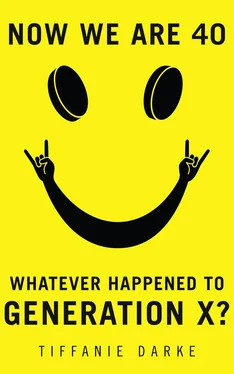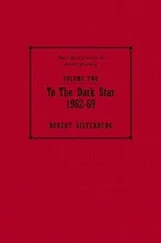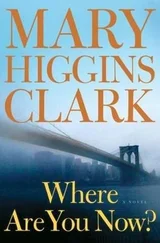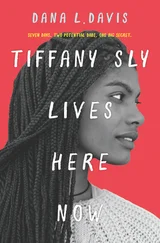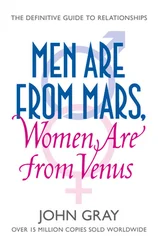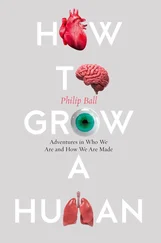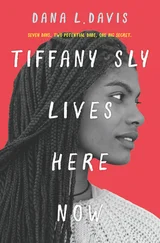Mum eventually relented and gave me a clothes allowance, and I got a pair of pixie boots and a trilby hat on a trip to London to Kensington Market. Then the Body Shop opened in Bournemouth and every Saturday I’d go there to buy peppermint foot lotion and cocoa butter. The Body Shop felt cool: it had all these messages about not being tested on animals, and there was talk of the tribal heartlands where the ingredients were sourced.
Social consciousness began to register. Sting brought an Amazonian warrior onto Wogan , Greenpeace set up shop on the high street, and my mum and I used to cry over the whaling footage on the six o’ clock news. We both signed up to Greenpeace and would cheer on the Rainbow Warrior . As the TV presenter and entrepreneur Richard Reed says: ‘Greenpeace were the great disruptors and agitators. They were really high profile when we were growing up – they approached everything in a way you couldn’t help have empathy with.’
Reed, who went on to make millions out of his company Innocent Smoothies when he sold it to Coca-Cola, still supports Greenpeace as publicly as he can. ‘It’s a charity that gets up people’s noses and creates problems and difficulties. And I say Yes, that is exactly its role. I went on a trip with them to the Amazon to look at the light they shine on deforestation. Multinational companies that ship the world’s grains and seeds, actively involved in illegal deforestation – how can they get away with that?’
The environmental movement was just being born: suddenly everyone was talking about the ozone layer, the CFC scandal kickstarting a boom in roll-on deodorants. Environmental protests against road-building at Newbury, Twyford Down and Fairmile, Devon – which made a hero of the hapless ‘Swampy’ – saw protestors tie themselves to trees and digging tunnels.
Nelson Mandela was also still in jail and, against a backdrop of sanctions and anti-apartheid campaigning, racism seemed the most illogical injustice the human race was capable of committing. I was old enough to go to Wembley for the Free Nelson Mandela concert, and lap up all the books and films – from Cry Freedom to Disgrace – that dominated our cultural youth. Over in the States NWA were fighting prejudice on different fronts, and rap and hip hop culture, threaded with political protest, was booming. The Rodney King riots were to burn all that home to me.
And then came the graphic pictures of starving Africans crawling across their drought-ridden plains, their bellies swollen, flies feasting on their saucer-shaped, tear-filled eyes. It was a new frontier in television reporting, prompting a scruffy rock star to leap onto news studio sofas and catalyse the rescue package. Band Aid, Live Aid: we were very aware as we were growing up that there was plenty to fix in the world, and it was going to be up to us to fix it.
Spiritually, questions were beginning to come up. I went to church a bit as a girl, and opted to get confirmed when I was around 13. Ironically, it was this process – even if I did in the end take my confirmation, and still do receive communion when I take my kids to church – that prompted me to question a faith that until then I had accepted readily at the hands of teachers and my parents. Slowly, I became aware of other faiths that were beginning to blossom around me. A trip to India several years later, during which I volunteered at a Christian orphanage, finally put paid to my sense of belonging to the Anglican Church. The orphans were brought in to the orphanage from a wide area in and around northern India: Buddhists from Tibet and Ladakh, Muslims from Kashmir and Hindus from Himachal Pradesh. All were whitewashed with Christianity. There was no tolerance or liberalism towards their native faiths. Spiritually dislocated, I eventually ended up doing what many of my generation did – turned to yoga and healers.
Meanwhile my girlfriends and I were reading Jilly Cooper novels. Our parents didn’t really talk to us about sex – why should they? It wasn’t in their culture to do so – no one had ever talked to them about it. My mum muttered something to me about getting myself down to the ‘FPC’ (I think she meant the Family Planning Clinic) when I left home and that was that. School gave us a clinical biology lesson but no one, no one talked about it honestly. For that, we had Jilly.
We – I – owe a lot to Jilly Cooper. Books passed around like contraband at schools were so much more informative than biology. And since when did the facts of sexual reproduction prepare you for the world of dating, dumping, mating and marriage? Romping in haystacks, undignified rolls in the back of horse vans and jodhpur-clad bottom-slapping removed much of the glamour around bedroom antics and allowed us to experience a more realistic view of life between the sheets. As Jilly herself said:
‘I remember my editor saying: “Darling, do you think you should have this bit about sperm trickling down the thigh?” I mean, it’s not nice. But we were in this little pocket – from the Sixties to the mid-Eighties – where people weren’t worried about sex. We had contraception, it was before AIDS; it was joyful and exploratory.’
For glamour, we had Rupert Campbell-Black (‘Greek nose, high cheekbones and long, denim-blue eyes’), just the sort of cad/hero a girl wanted to drop her knickers for (or play nude tennis with). Cooper’s sex scenes were wondrously frank, from blowjobs to extramaritals, sexual dysfunction to orgies, and the heroines completely hapless. But Rupert and all Jilly’s cads were incredibly seductive. Cooper girls were up for it, and either knew how to enjoy themselves or were desperate to learn. Crucially, they were also often utter failures and total embarrassments to themselves. Oh, how we identified.
Those girls that graduated to Jackie Collins (under the duvet, with a torch) were given instructional manuals in how to practise fellatio; meanwhile Shirley Conran legendarily told you something about a goldfish that went on to become female folklore ( Lace , page 292, but then X-er girls probably know that already). And then there was Erica Jong’s zipless fuck, Judith Krantz’s Scruples , even Barbara Taylor Bradford had a useful message or two – just the sort of sex education to prepare a woman for the world. Way better than the diet of internet porn around today. The most we saw of porn before we came of age was a glimpse of our brother’s Razzle under his sticky bed.
Cooper, Collins, Conran and their crew were women’s women – their writing took care to focus on the female orgasm, allowing what, to our mothers, had partly seemed a myth to be put in the spotlight of our own pleasure. When Pagan works out in her unsatisfactory marriage to Robert in Lace that she can bring herself to orgasm in five minutes (she measures it with an egg timer), there were no longer any excuses.
Fast forward to now, and Mickey, in Judd Apatow’s Netflix series Love , is masturbating in her hipster dungarees on her bed in front of the cat. Who is distracting her by licking its own pussy. Those Eighties bonkbusters – several hundred well-thumbed pages of sex, sin and scandal – produced a generation of women primed to take charge of their own sexuality. It’s hard to stress how new this was – although the Sixties had supposedly been about free love, it was only really happening down the Kings Road with the Rolling Stones. Most Boomers did not behave like this – they married young and that was that (until they had an affair or divorced, and many of them did).
Then along came AIDS. Just as we reached the age of consent, the playing field became fraught with danger. Although terrifying for the gay community and heterosexual men, I wonder if it wasn’t actually weirdly liberating for women. Suddenly there was a jolly good reason to insist on a condom – every public health announcement and piece of sex education insisted we ask, removing much of the stigma. Following AIDS, there was no longer any inhibition or shame in asking him to put something on. Women were licensed to take charge.
Читать дальше
